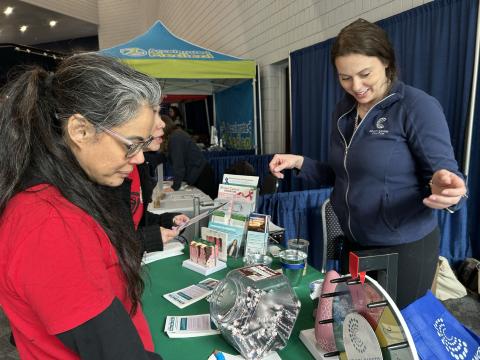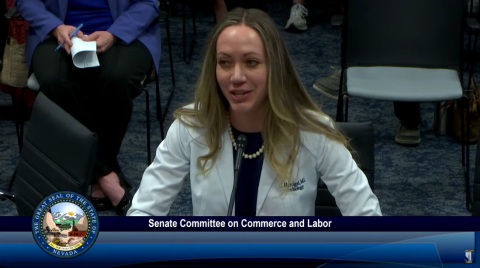Lung Cancer Screening: The Importance of Patient-Provider Discussions
01 January, 2025
Fewer than 10% of patients say they’ve discussed lung cancer screening with their healthcare providers.
Lung cancer remains the leading cause of cancer-related deaths in the United States, often detected at advanced stages when treatment options are limited. However, there's hope in the form of low-dose CT (LDCT) scans, which can detect lung cancer earlier, when it’s easier to treat. The screening has the potential to significantly reduce lung cancer deaths.
Despite this promising tool, recent data shows that patient-provider discussions about lung cancer screening are alarmingly low. A recent analysis of the Health Information National Trends Survey (HINTS) data from 2022 reveals a concerning trend:
- Only 9.4% of potentially eligible individuals reported discussing LDCT lung cancer screening with their healthcare providers in the past year.
- 71.6% had no discussion about screening.
- 19% had never even heard of LDCT for lung cancer screening.
These statistics highlight a significant gap in communication between healthcare providers and patients who could benefit from lung cancer screening.
The U.S. Preventive Services Task Force (USPSTF) recommends annual LDCT lung cancer screening for individuals who are 50-80 years old, have at least a 20-pack-year smoking history, and are current smokers or have quit within the past 15 years.
The study identified several factors that influence the likelihood of patient-provider discussions about lung cancer screening.
Current smokers were more likely to discuss screening compared to former smokers. However, we know that lung cancer can take years to develop, and former smokers may have the same level of risk as those who currently smoke.
Individuals who accessed online patient portals in the past 12 months were more likely to have screening discussions.
Adults 65 or older were more likely to be unaware of LDCT for lung cancer screening compared to those aged 50-64. This is likely because the use of LDCT for screening is relatively new, having been recommended by the USPSTF in 2013. Prior to that, chest x-ray was often used.
Interestingly, race and ethnicity were not found to be significant predictors of having a discussion or awareness of LDCT screening.
To address the low rates of lung cancer screening discussions, several strategies can be implemented:
- Increase public awareness: Targeted communication campaigns, especially for older adults, can help raise awareness about lung cancer screening recommendations.
- Promote patient portal use: Encouraging patients to access online portals can improve engagement in screening discussions.
- Enhance provider knowledge: Educating healthcare providers about screening eligibility criteria can help them identify eligible patients more accurately.
- Improve documentation: Better recording of smoking history in patient charts can facilitate the identification of eligible patients through electronic health records.
- Prepare patients for discussions: Implementing interventions that provide patients with basic information about lung cancer screening before their appointments can streamline subsequent conversations with healthcare providers.
While lung cancer screening with LDCT scans has the potential to save lives, its effectiveness relies heavily on patient-provider discussions. By addressing the barriers to these crucial conversations, we can work towards increasing screening rates and ultimately reducing lung cancer deaths in the U.S.
You May Also Like

April 2025 Awareness Month Materials
03.28.2025
April is the awareness month for both Head & Neck cancers and Testicular cancer.

NCC Travels I-80 Educating Nevadans on Cancer
03.24.2025
Every March the team from Nevada Cancer Coalition hits the road, traveling along Interstate 80 to attend the popular Humboldt General Hospital Hea

Lung Screening Bill Receives Support at Nevada Legislature
03.21.2025
A bill to improve access to lung cancer screening with low-dose computed tomography (LDCT) received support on Friday, March 21 from a number of s